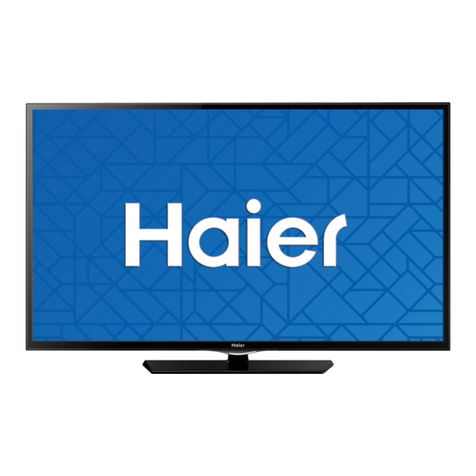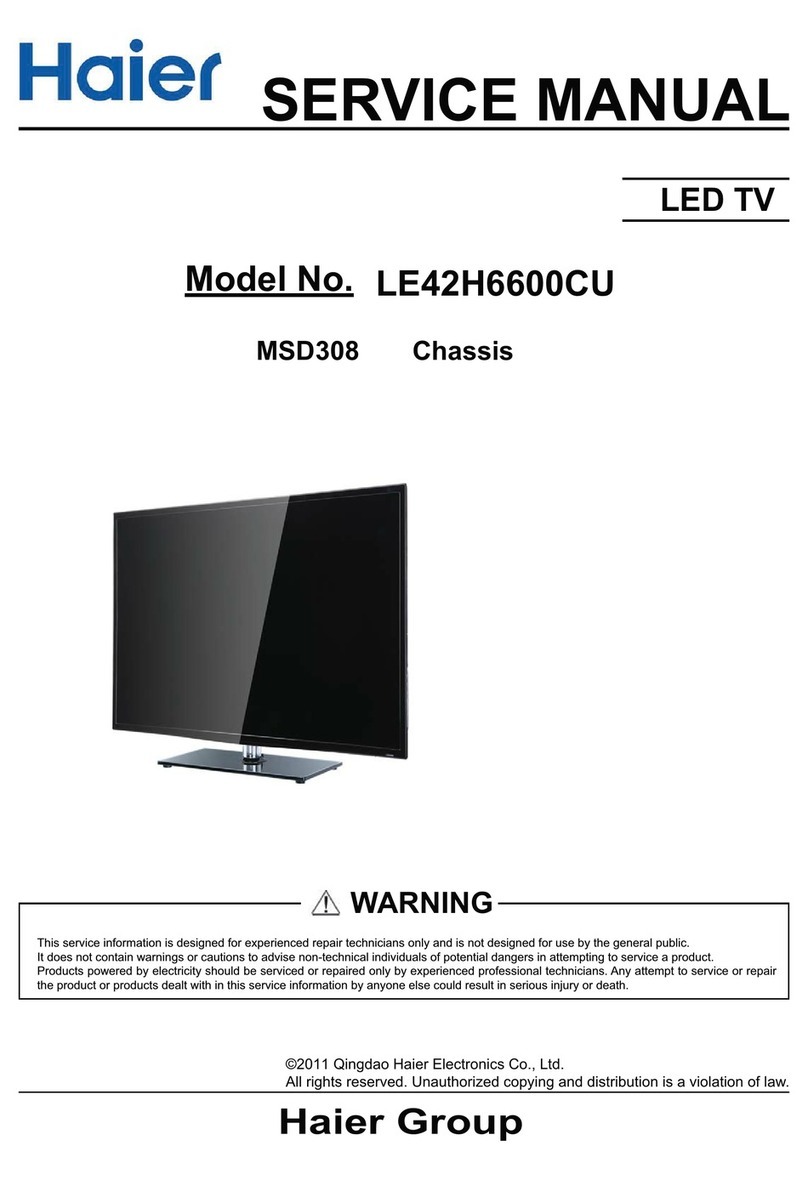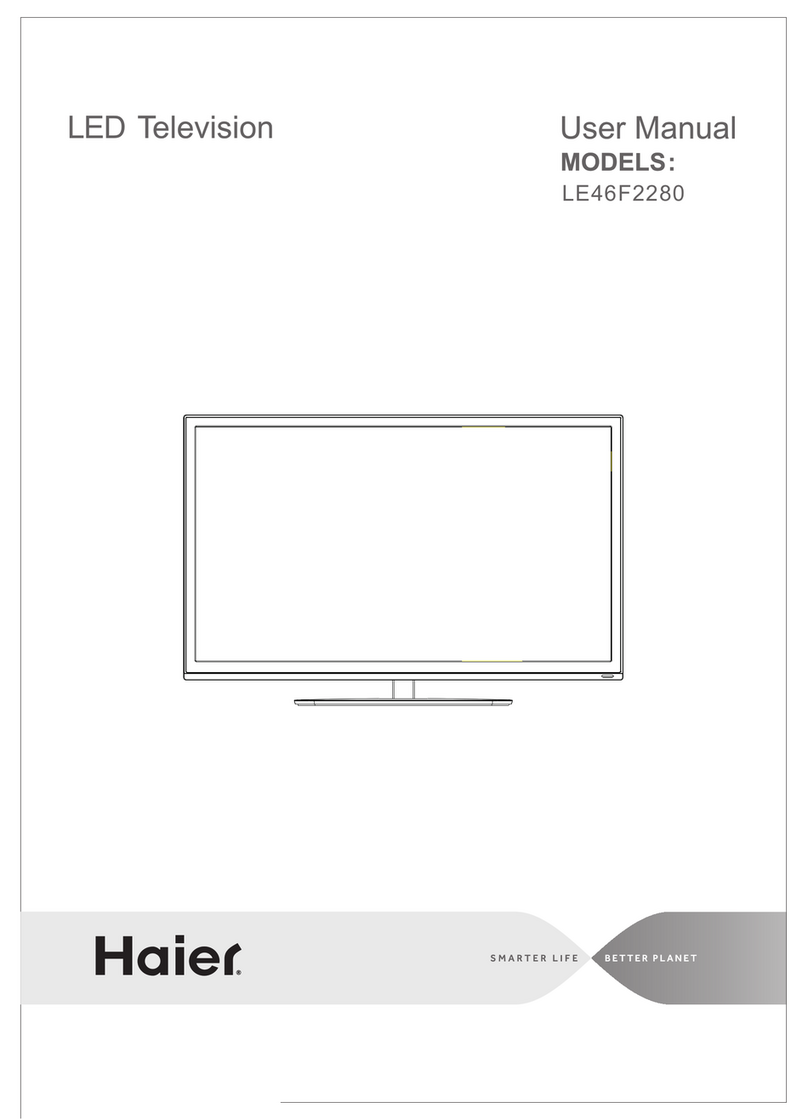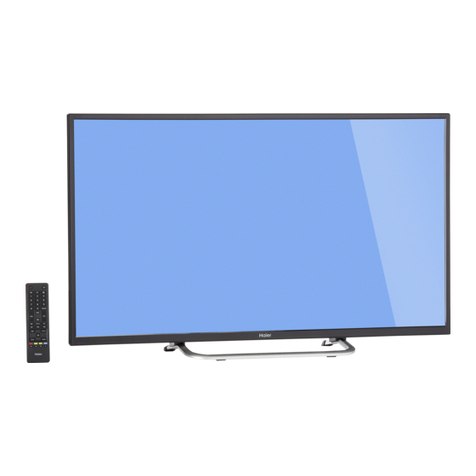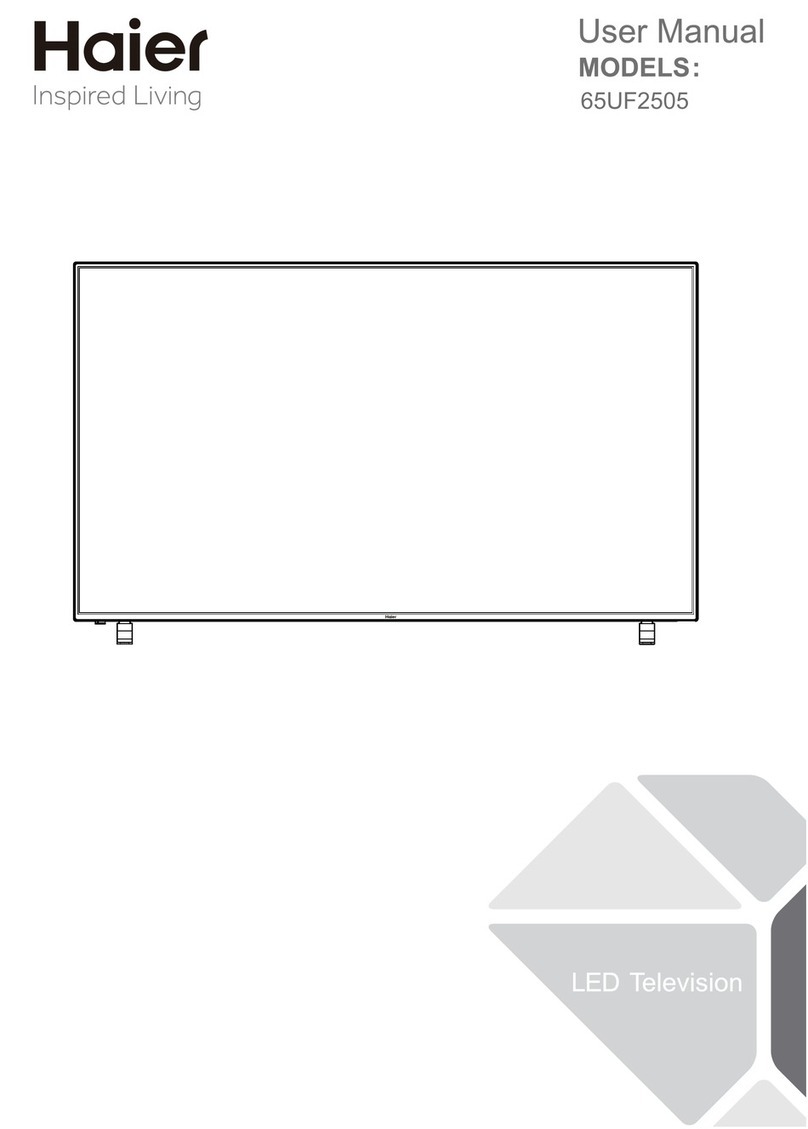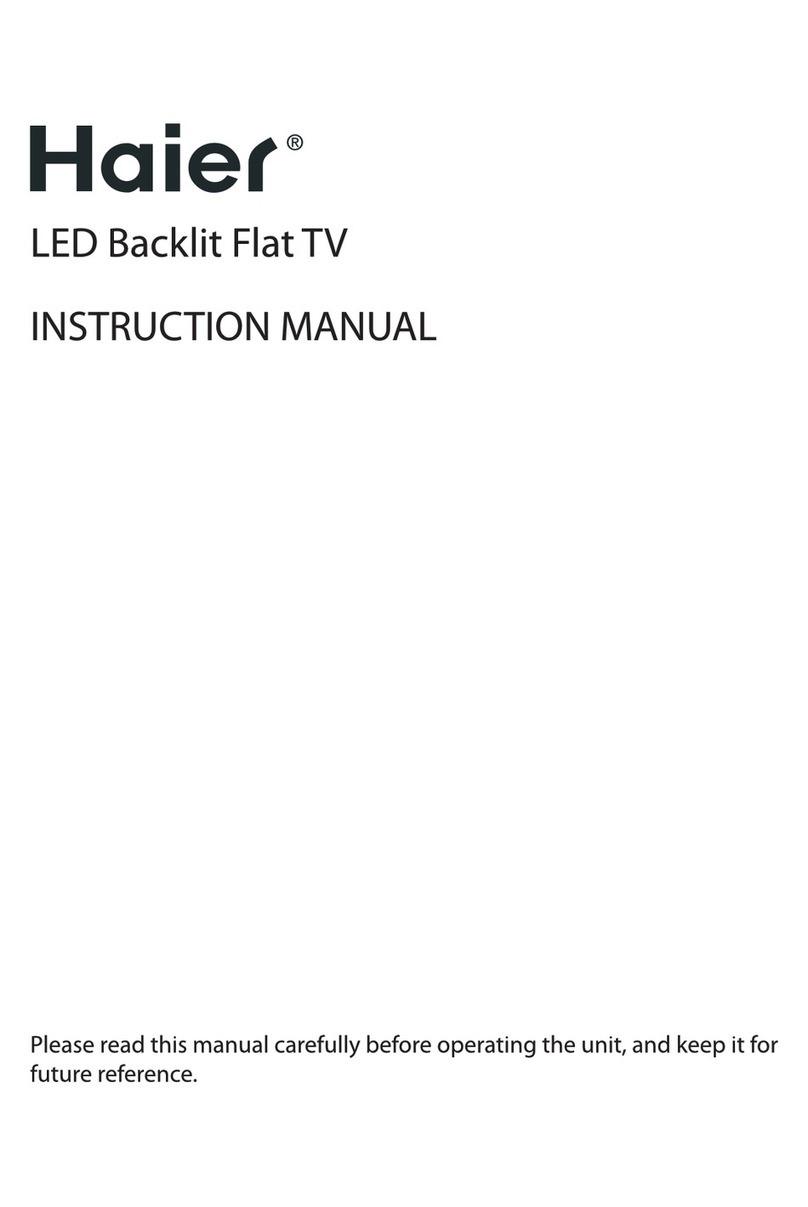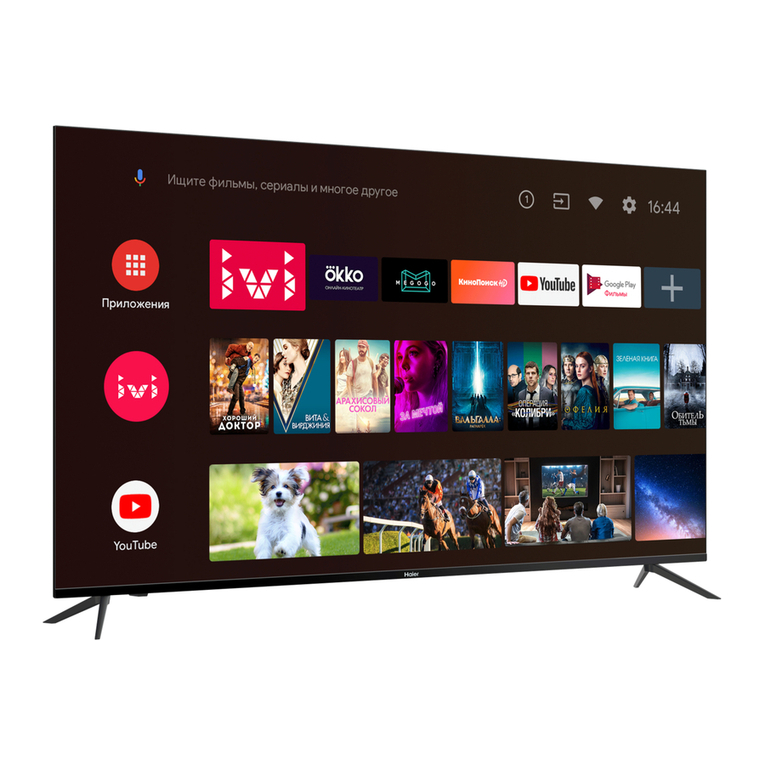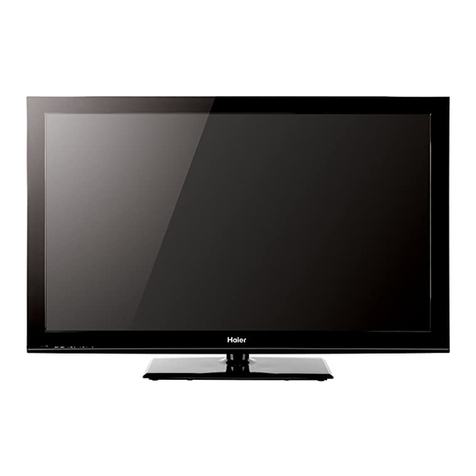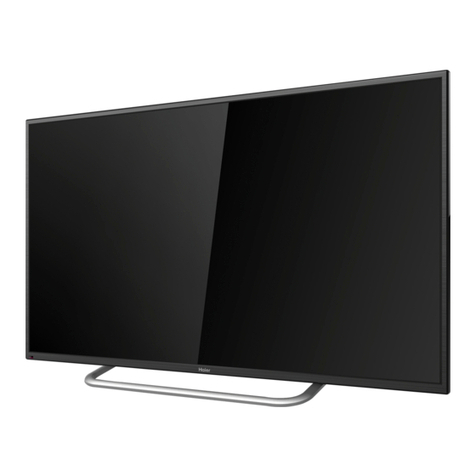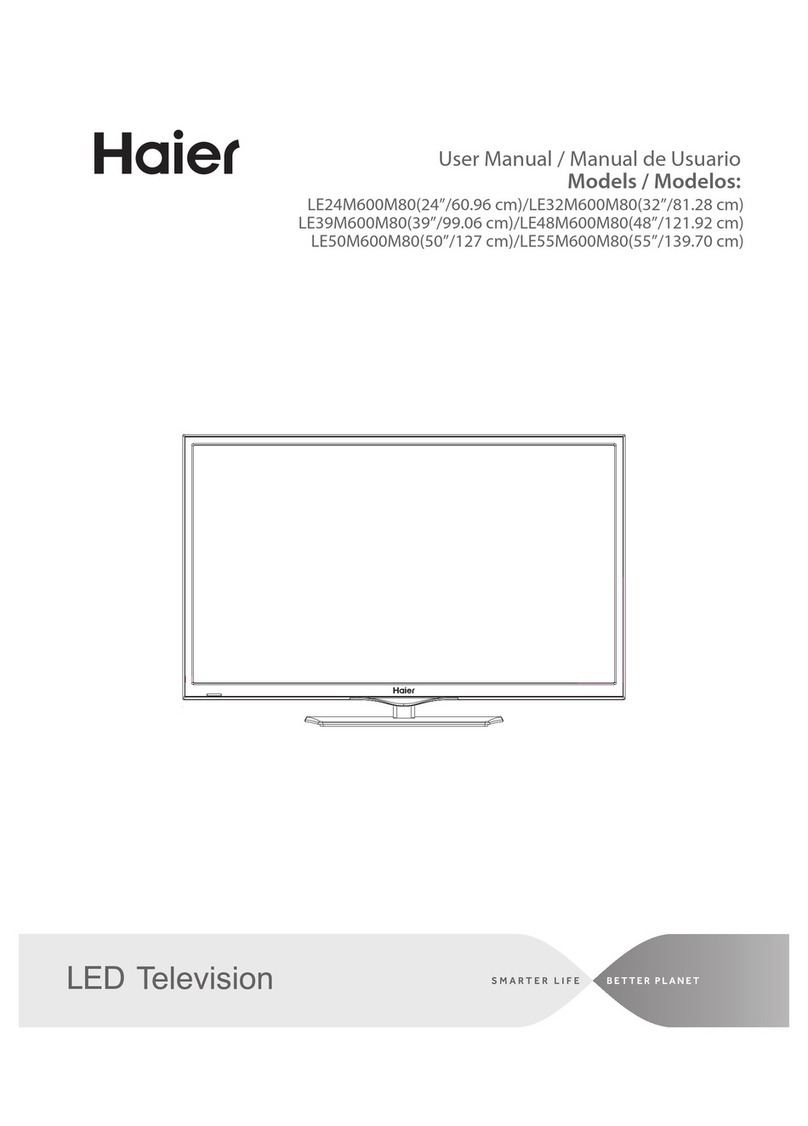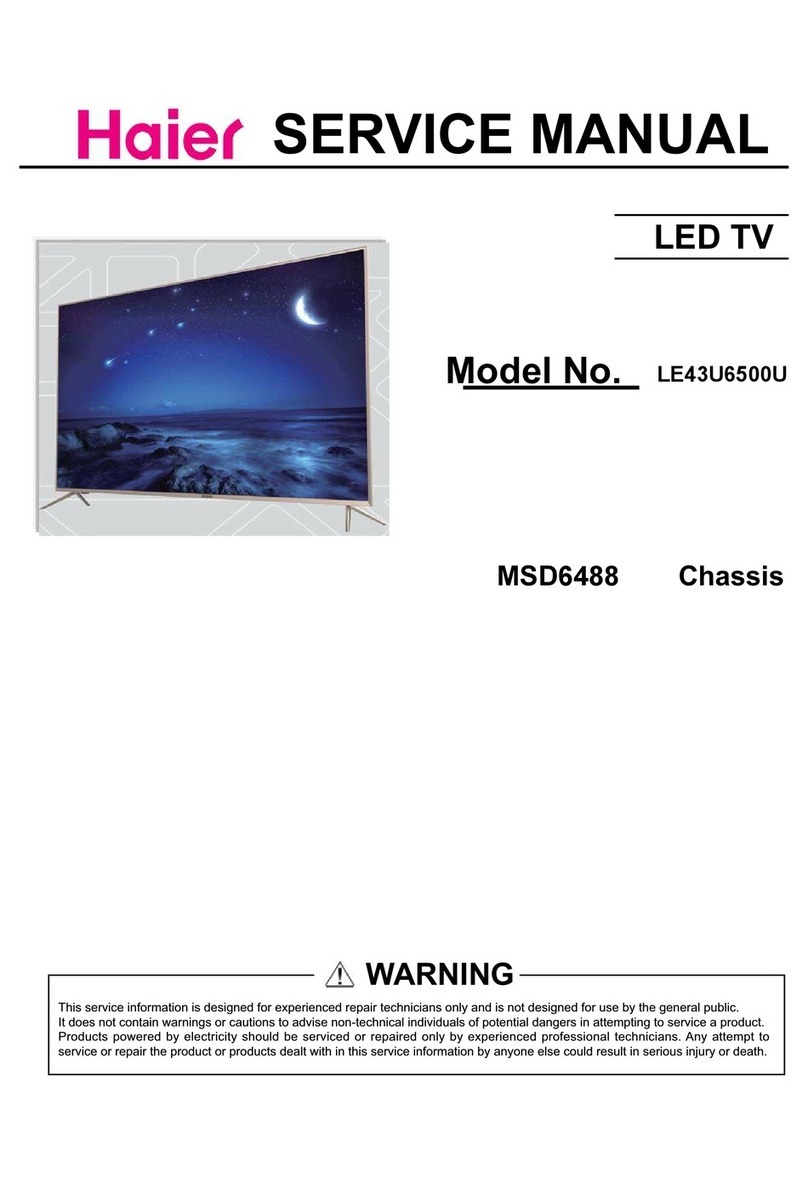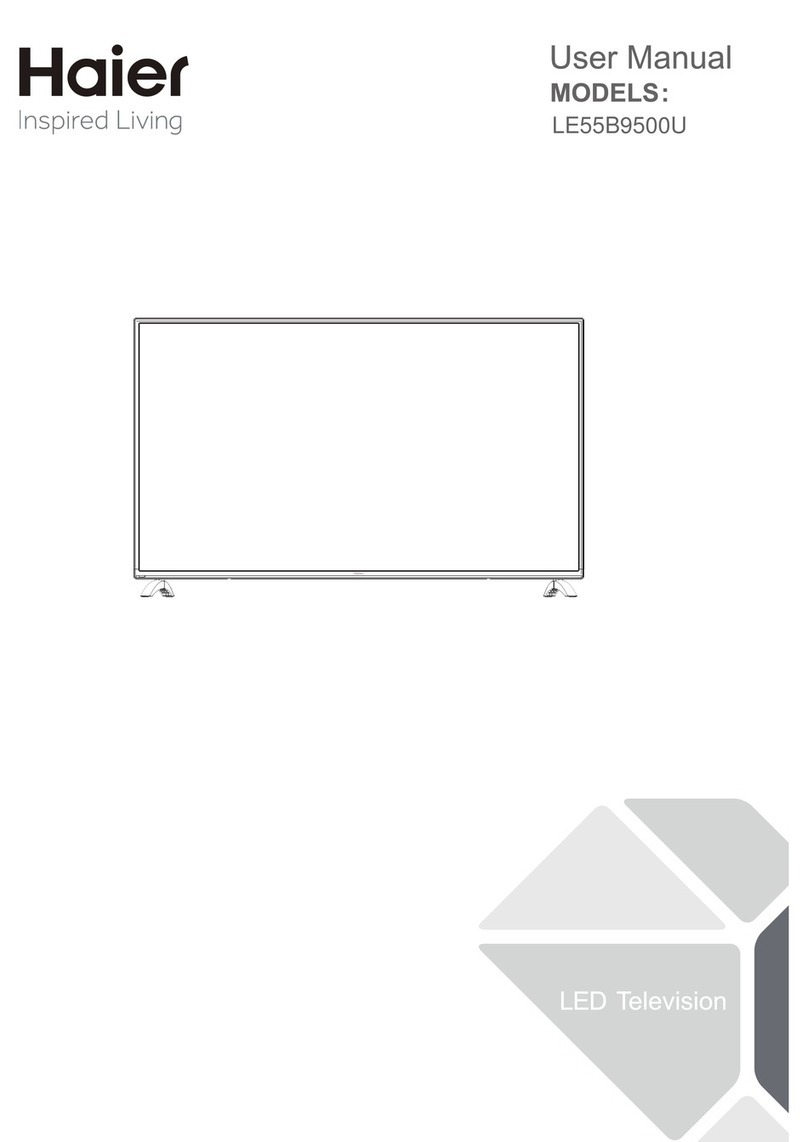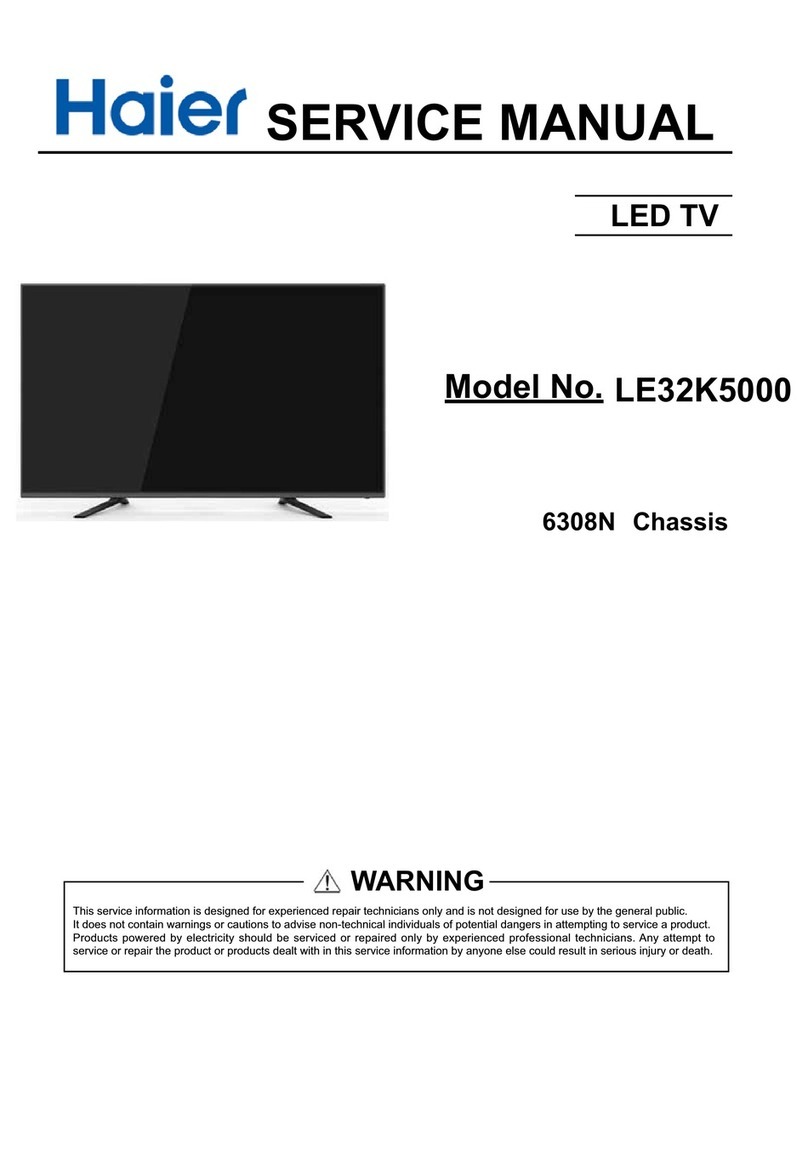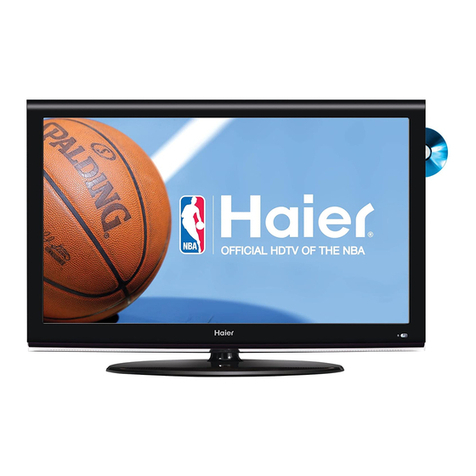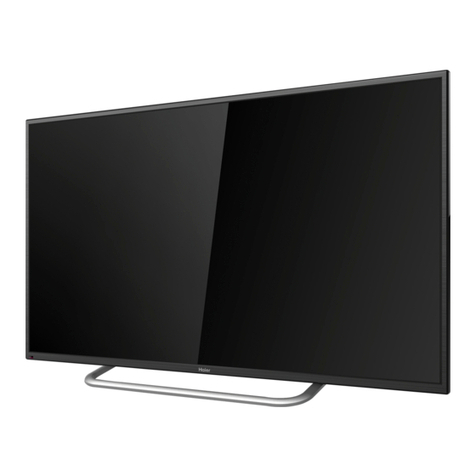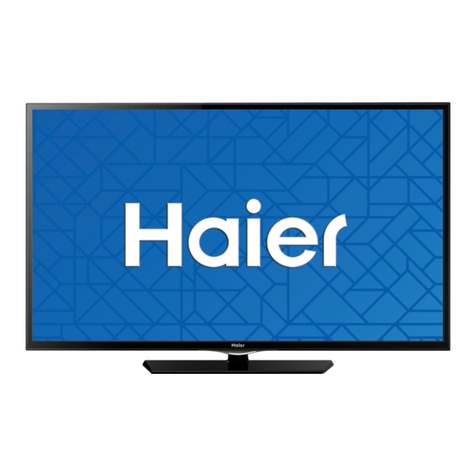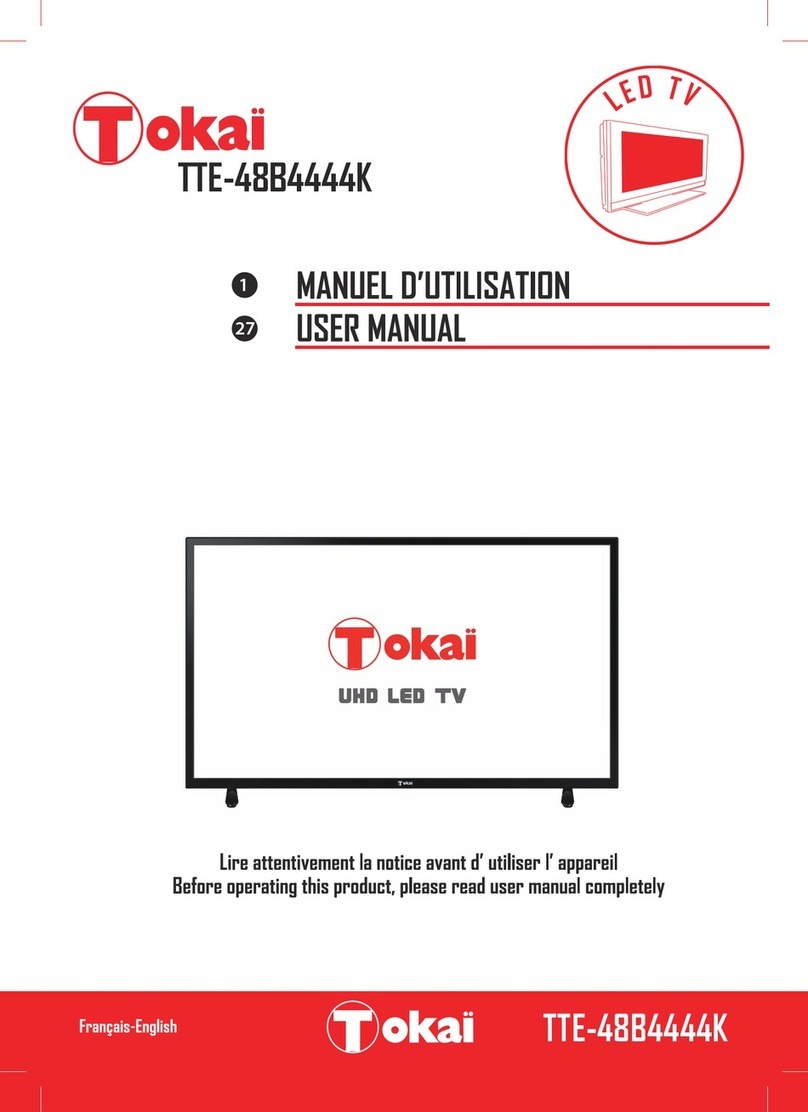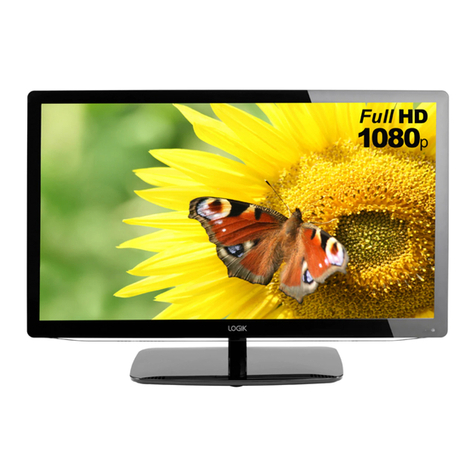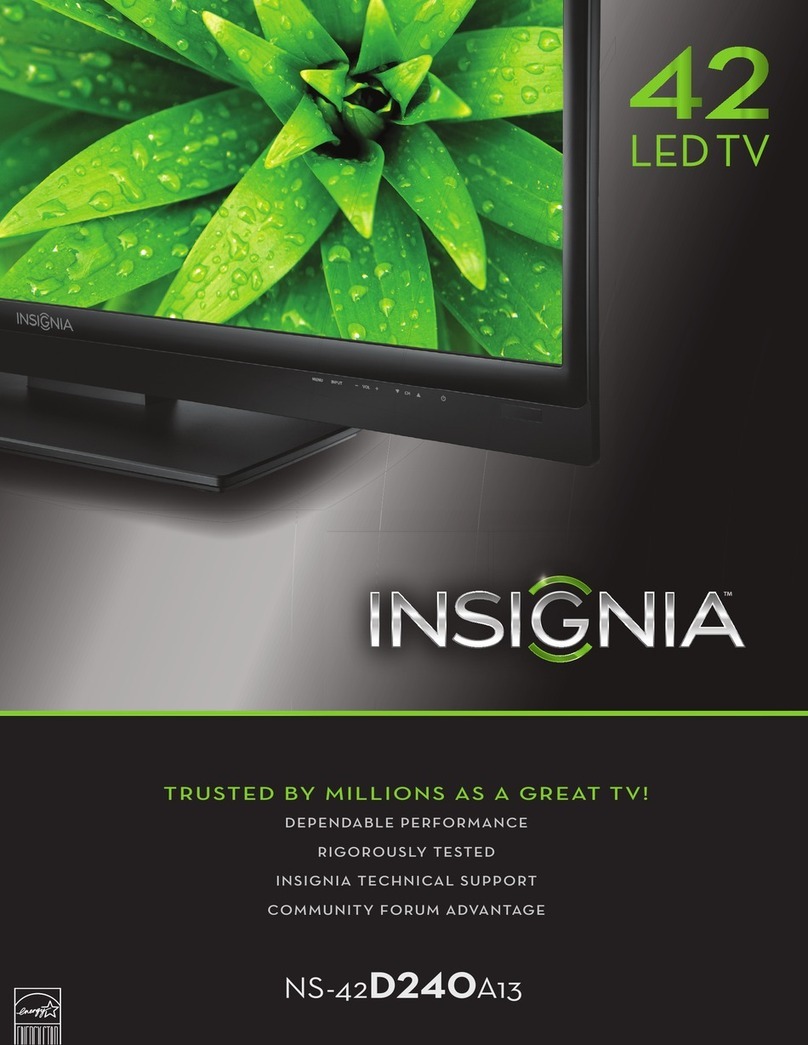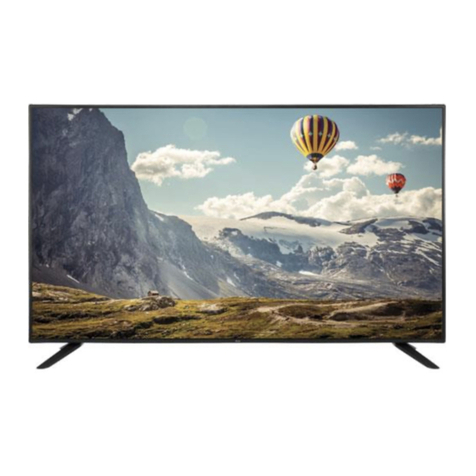
4
Sa
fety Component ƔComponents identified by
mark have special characteristics important for safety. 1-2-6 Safety Check after Repair
Confirm that the screws, parts and wiring which were removed in order to service are put in the original positions,
or whether there are the positions which are deteriorated around the serviced places serviced or not. Check the
insulation between the antenna terminal or external metal and the AC cord plug blades. And be sure the safety of
that.
General Servicing Precautions
1. Always unplug the receiver AC power cord from the AC power source before;
a. Removing or reinstalling any component, circuit board module or any other receiver assembly.
b. Disconnecting or reconnecting any receiver electrical plug or other electrical connection.
c. Connecting a test substitute in parallel with an electrolytic capacitor in the receiver.
CAUTION: A wrong part substitution or incorrect polarity installation of electrolytic capacitors may result in an explosion
hazard.
2. Test high voltage only by measuring it with an appropriate high voltage meter or other voltage measuring device (DVM, FETVOM,
etc) equipped with a suitable high voltage probe.
3. Do not test high voltage by "drawing an arc".
4. Do not spray chemicals on or near this receiver or any of its assemblies.
5. Unless specified otherwise in this service manual, clean electrical contacts only by applying the following mixture to the contacts
with a pipe cleaner, cotton-tipped stick or comparable non-abrasive applicator; 10% (by volume) Acetone and 90% (by volume)
isopropyl alcohol (90%-99% strength).
CAUTION: This is a flammable mixture. Unless other specified in this service manual, lubrication of contacts is not required.
Capacitors may result in an explosion hazard.
6. Do not defeat any plug/socket B+ voltage interlocks with which receivers covered by this service manual might be equipped.
7. Do not apply AC power to this instrument and/or any of its electrical assemblies unless all solid-state device heat sinks are
correctly installed.
8. Always connect the test receiver ground lead to the receiver chassis ground before connecting the test receiver positive lead.
Always remove the test receiver ground lead last. Capacitors may result in an explosion hazard.
9. Use with this receiver only the test fixtures specified in this service manual.
10. Remove the antenna terminal on TV and turn on the TV.
11. Insulation resistance between the cord plug terminals and the external exposure metal should be more than Mohm by using the
500V insulation resistance meter.
12. If the insulation resistance is less than M ohm, the inspection repair should be required. If you have not the 500V insulation
resistance meter, use a Tester. External exposure metal: Antenna terminal Headphone jack.
- 4
